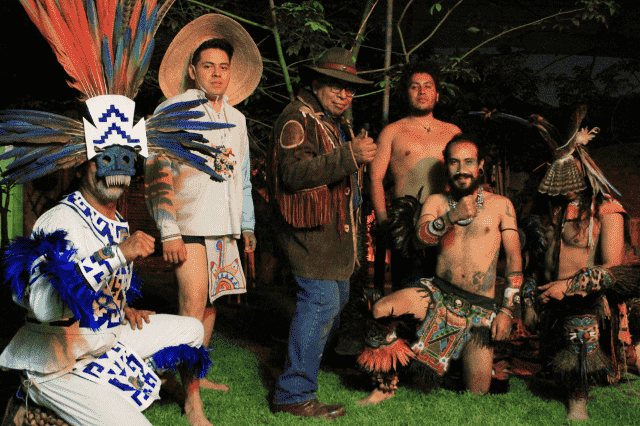What are the pre-Hispanic musical instruments and what was the music like at that time?
Here you will find some pre-Hispanic musical instruments, some of their characteristics, photographs, to strengthen the reader's sensibility and be part of the joy that chases away sadness.





